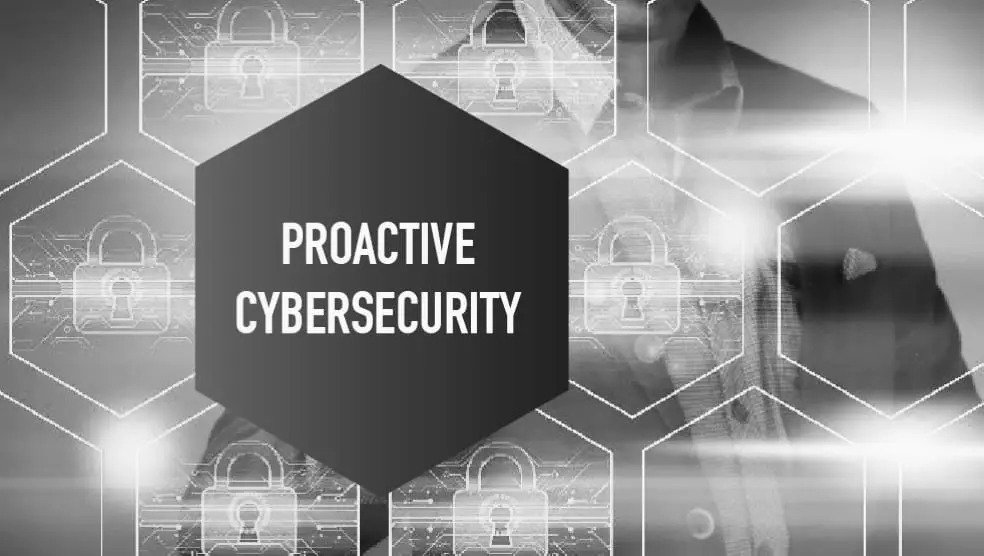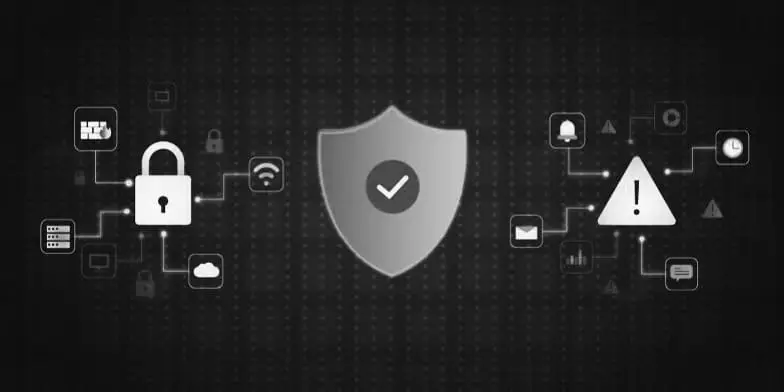Proactive Cybersecurity: Staying Ahead of the Threat Landscape
In today’s interconnected world, cybersecurity is no longer a luxury—it’s a necessity. Businesses of all sizes face an ever-evolving landscape of cyber threats, making robust protection paramount. While reactive cybersecurity measures, which address threats after they occur, offer some mitigation, they fall short of providing comprehensive defense. A shift toward proactive cybersecurity, focusing on preventing attacks before they happen, is crucial for safeguarding sensitive data, maintaining customer trust, and ensuring business continuity.
The Limitations of Reactive Cybersecurity:
Reactive cybersecurity operates on a “break-fix” model. It involves detecting and responding to breaches or malware infections after the damage is done. This approach has several critical limitations:
* Inability to Prevent Future Attacks: Cybercriminals constantly develop new and sophisticated attack methods. Reacting to past attacks doesn’t necessarily protect against novel threats, leaving businesses perpetually vulnerable.
* Significant Damage Before Detection: By the time a reactive measure kicks in, significant damage may already have occurred. This can include data breaches, financial losses, reputational harm, and operational disruptions.
* Costly and Time-Consuming Recovery: Recovering from a cyberattack can be incredibly expensive and time-consuming. It involves restoring systems, recovering data, notifying affected parties, and potentially facing legal and regulatory consequences.
* Short-Term Fixes, Long-Term Vulnerabilities: Reactive measures often focus on immediate solutions, neglecting long-term security improvements. This can lead to a recurring cycle of attacks and fixes, draining resources and hindering business growth.
The Advantages of a Proactive Cybersecurity Posture:
Proactive cybersecurity, in contrast, emphasizes prevention and preparedness. It involves anticipating potential threats and implementing measures to mitigate them before they can cause harm. This approach offers numerous benefits:
* Prevention Over Reaction: By identifying and addressing vulnerabilities proactively, businesses can prevent attacks altogether, minimizing the risk of damage and disruption.
* Efficient Resource Allocation: Proactive measures, such as regular security assessments and vulnerability scanning, allow businesses to prioritize their resources and focus on the most critical areas.
* Enhanced Customer Trust: Demonstrating a commitment to cybersecurity builds customer trust and confidence. Proactive security measures assure customers that their data is safe and protected.
* Improved Regulatory Compliance: Many industries have strict security regulations. Proactive cybersecurity helps businesses meet these requirements, avoiding penalties and legal issues.
* Stronger Business Resilience: A proactive approach strengthens business resilience by minimizing the impact of cyberattacks and ensuring business continuity.
Key Elements of a Proactive Cybersecurity Strategy:
Building a robust proactive cybersecurity strategy involves several essential elements:
* Continuous Security Monitoring: Real-time monitoring of network activity and systems helps detect suspicious behavior and potential threats early on. This allows for rapid response and prevents escalation.
* Regular Security Assessments and Penetration Testing: Regularly assessing systems and conducting penetration testing helps identify vulnerabilities before they can be exploited by attackers.
* Employee Cybersecurity Training: Educating employees about cybersecurity best practices, such as phishing awareness, password management, and data handling procedures, is crucial. Employees are often the first line of defense against cyberattacks.
* Advanced Security Technologies: Implementing advanced security technologies, such as firewalls, intrusion detection systems, endpoint protection, multi-factor authentication, and data encryption, strengthens the overall security posture. AI-powered security solutions can also play a key role in identifying and responding to threats.
* Incident Response Planning: Developing a comprehensive incident response plan outlines the steps to be taken in the event of a cyberattack. This helps minimize damage and ensures a swift and effective recovery.
* Vulnerability Management: Continuously identifying, assessing, and remediating vulnerabilities in systems and applications is essential for preventing attacks.
* Threat Intelligence: Staying informed about the latest cyber threats and attack techniques through threat intelligence feeds helps businesses proactively defend against emerging threats.
Implementing a Proactive Cybersecurity Mindset:
Shifting to a proactive cybersecurity mindset requires a cultural change within the organization. Leadership must champion cybersecurity and allocate resources to build a strong security posture. This involves:
* Creating a Culture of Security Awareness: Regular communication and training can instill a sense of security responsibility among employees.
* Integrating Security into Business Processes: Cybersecurity should be a key consideration in all business decisions and operations.
* Collaboration and Information Sharing: Open communication and collaboration between departments can help address security concerns more effectively.
Conclusion:
In today’s threat-filled digital landscape, proactive cybersecurity is no longer optional—it’s essential for survival. By focusing on prevention and preparedness, businesses can significantly reduce their risk of cyberattacks and protect their valuable assets. Investing in the key elements of a proactive strategy, from continuous monitoring and regular assessments to employee training and advanced technologies, is crucial for building a robust defense and ensuring a secure future. Partnering with a trusted cybersecurity provider can help businesses develop and implement a tailored strategy to meet their specific needs and stay ahead of the evolving threat landscape.

